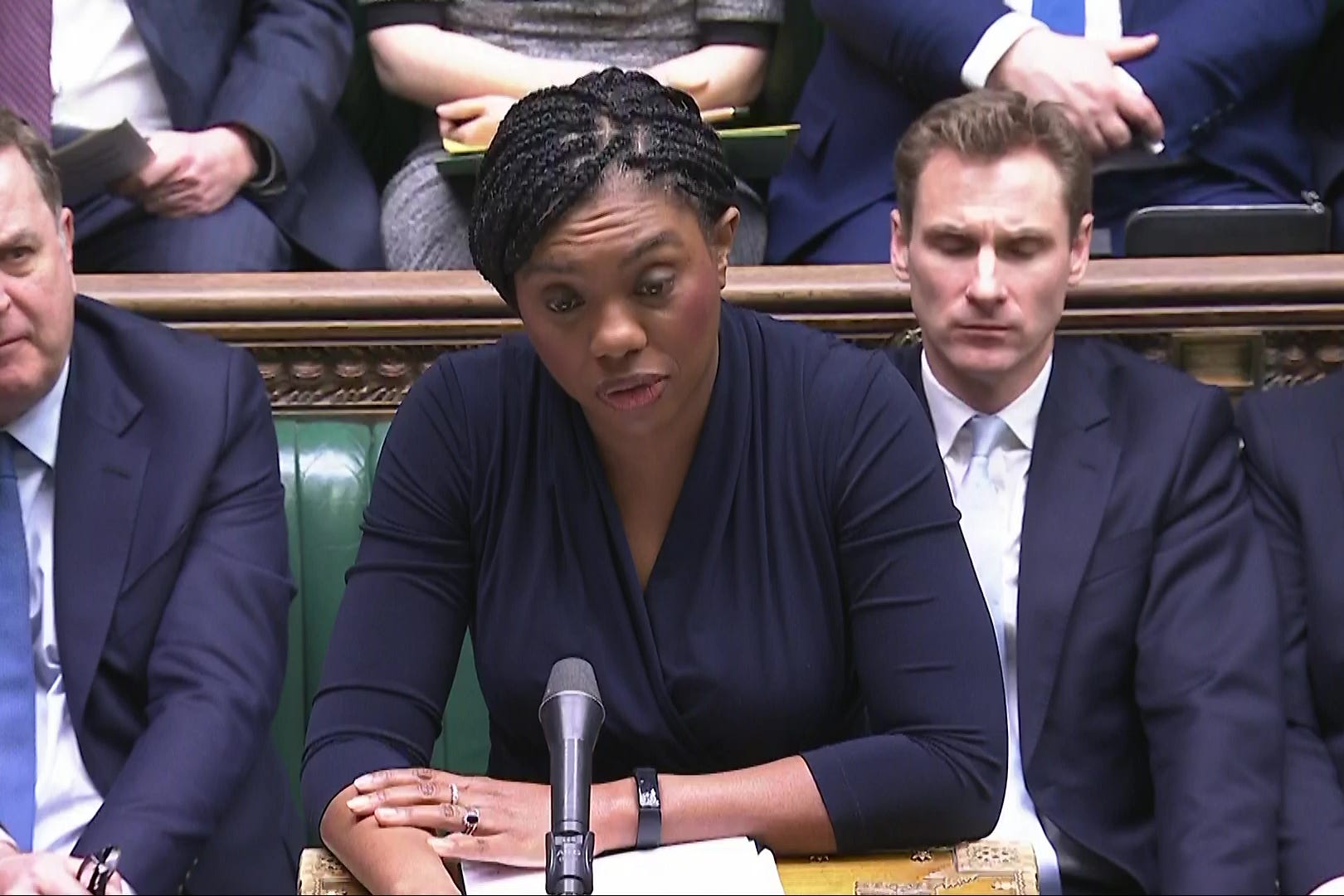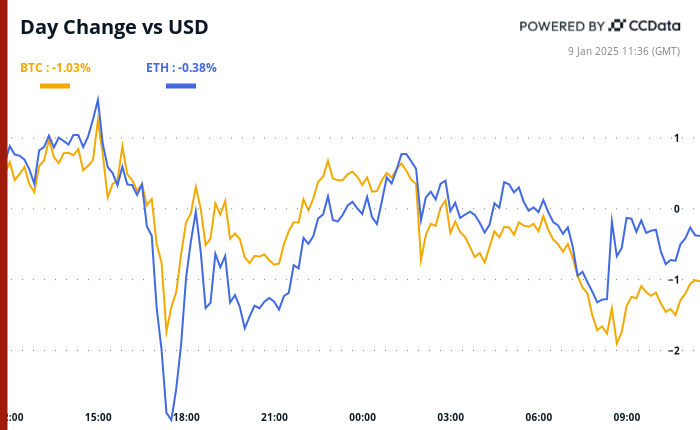Kemi Badenoch has been accused by Labour of fundraising off the back of child sexual abuse victims, in a sign of “breathtaking disrespect”.
It comes as the Tories demand the government launch a national inquiry into the grooming gangs scandal, amid a growing row over the issue spurred on by tech billionaire Elon Musk.
The Tories have launched a campaign website “demandaninquirynow.com” and sent out emails to supporters asking them to sign a petition on the site which calls for a national inquiry into child grooming.
The party also includes a link for donations at the bottom of its email.
“We need to get a clear and focused statutory national public inquiry into the rape gangs to get to the truth about the extent of the abuse and the cover ups”, the email read, just a few lines above a donation button.
Responding, a Labour spokesperson claimed Ms Badenoch had “stooped to a new low, fundraising for the Conservative Party by playing politics with the safety of vulnerable children.”

“This shows breathtaking disrespect to brave victims who are being used as a political football by the Conservatives”, the spokesperson said. “The Tories failed to implement the Jay recommendations to protect vulnerable children. Any money raised by the Conservatives must be donated to victims of child sexual abuse: this attempt to fill their party bank account off the back of such a sensitive subject is a disgrace.
“This Labour government is taking action with landmark reforms to safeguarding and children’s social care. No more empty words or ‘lessons learned’, but real action to keep children safe.”
Tory sources emphasised that the donation button is a feature in all emails to members and is not specific to any communications.
Prof Alexis Jay led an Independent Inquiry into Child Sexual Abuse which reported in 2022, but the recommendations the report laid out are yet to be implemented.
Home secretary Yvette Cooper committed to implementing Prof Jay’s call for mandatory reporting of child sexual abuse on Monday, but the government has rejected calls for a new inquiry.
Speaking at Prime Minister’s Questions, Sir Keir said a new inquiry would “delay things to 2031”, pointing out that recommendations from a seven-year investigation which reported in 2022 had not yet been implemented.
“We already know what the major flaws are and my argument is we should get on with that action”, he said.

However, the Labour Party appeared to soften its stance on a new inquiry on Wednesday with home office minister Jess Phillips saying “nothing is off the table” when dealing with the grooming gangs scandal. Sir Keir also accused used PMQs to accuse Ms Badenoch of jumping on the bandwagon in her calls for an inquiry, telling the Commons: “She says they accepted the recommendations, they didn’t act on them.
“One of the central recommendations was mandatory reporting, and it still hasn’t been enacted. I called for this 11 years ago, they’ve been tweeting and talking, we’ve been acting.
“The Leader of the Opposition has been an MP, I think for eight years, her party have been in government for seven and a half of those eight years. She was the children’s minister. She was the women’s equalities minister. I can’t remember her, I can’t recall her once raising this issue in the House, once calling for a national inquiry.
“It’s only in recent days she’s jumped on the bandwagon. In fairness, if I’m wrong about that and she has raised it, then I invite her to say that now, and I will happily withdraw the remark that she hasn’t raised it in this House in the eight years that she’s been here until today.”
A Conservative Party spokesperson said: “This is the latest desperate attempt by the Labour Party to distract from the simple fact that in refusing a national inquiry, they are denying the victims of child rape gangs the truth and justice they deserve.
“So long as the Labour government continues to resist calls for a national inquiry, their pathetic attempts to take a moral high ground will ring hollow. Labour should spend less time making a fuss about emails, and get on with delivering what this country deserves.”



























+ There are no comments
Add yours